Frequently asked questions
Our first project was completed in 2018, so the first experiment has now passed the 3-year mark, after which the ecosystem is expected to become self-sustaining. From this point of view, it’s a success, as the plantation is doing well. But given the time scale of trees and forests, this hindsight is not yet sufficient to judge the future of the planted sites: we must continue to monitor! Experimenting with plantations around us will enable us to gather more and more data to draw conclusions based on real cases.
There are several points to consider when we look at plantation density using the Miyawaki method.
- In a free-evolving forest, i.e. one that is not exploited, the density of vegetation is much higher than that we are used to in the open forests where we walk, exploited for timber resources (which implies having tall, straight trees, well spaced out to produce straight barrels and allow machines to pass through), and secured for country walks. It’s a type of vegetation in free evolution that we seek to recreate with our plantations.
- The plants planted are not all tall trees, i.e. future giants like oaks or beeches: there are also shrubs that will grow less tall, and all these trees and shrubs are part of the same plant community, i.e. they are used to growing together in nature. So there’s a natural organization of space that takes place after a few years.
- The high density of the plants means that they can quickly form a micro-climate on the site: their leaves, even if there are only a few on each tree, will quickly close off the site, i.e. capture most of the sunlight which will no longer reach the ground. This has several beneficial consequences for the site: lower ground temperatures, better water retention, less light for weeds that could compete with the young trees in their initial development. A study carried out in Sardinia, in an environment presented as very hostile to reforestation due to drought and wind, underlines the fact that the benefits of density outweigh any disadvantages, such as the mortality of certain seedlings after a few years: in other words, the trees are more resistant as a whole, than if they had been planted further apart, less numerous, leaving them more vulnerable and therefore, in this very hostile context, leading to even greater losses.
This is not to say that the Miyawaki method magically allows us to plant more trees on less land: in time, a selection process takes place between the different plants, but this is part of a natural selection process, which guarantees the health of the ecosystem as a whole by favoring the subjects that are most resistant to local conditions. However, in the plantations we have carried out, we have noticed that the density remains very high in the first few years, to the point where it quickly becomes very difficult to pass between the trees to weed!
Strictly speaking, there’s no minimum size: you can plant anywhere around you! However, for a plantation to be able to re-form a complete plant community rich enough to function well in a resilient way, with an exterior and an interior, we consider 200m² to be a threshold below which it’s best to consider other methods of revegetation, which may be more effective given the space.
Un projet pilote raisonnable se situe autour de 500m².
The plants we use are sourced from professional nurseries in the immediate vicinity of the plantation. Wherever possible, we prefer to use local plants: see our website for a list of nurseries committed to this approach.
We don’t yet have a nursery of our own, but we’re very interested in the subject, and several members of the association have started growing seeds at home, on their land or even their balconies, for experimental purposes. The process is ongoing, and we’ve already been able to plant several hundred small 100% local oak trees, grown from seeds collected in the city, where the seedlings have been replanted!
